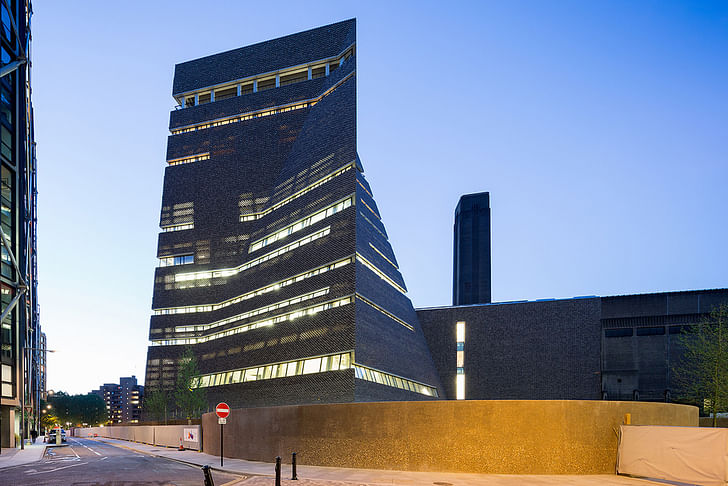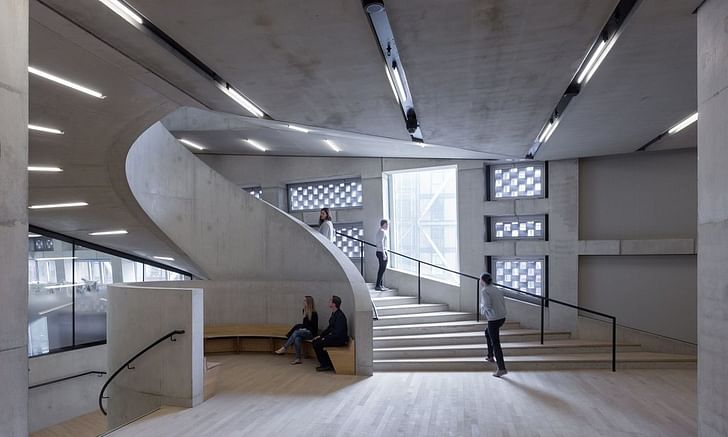

Later this week, the RIBA will announce which projects have made it onto the 2017 Stirling Prize shortlist.
It’s rare that the very best buildings make the shortlist. It's normally a conservative list of projects which often fail to push boundaries in architectural thinking but would get the populist vote.
When the Stirling Prize was created more than 20 years ago, it was intended to do what the Turner Prize did for art – promote it to the general public. And when it had a primetime spot in television, it did seem to do just that, but now, the often safe lists, fail to challenge anyone’s views about architecture, and the public is far more likely to know the winner of the Carbuncle Cup than the Stirling Prize.
So with that in mind, what do I think will make it onto this year’s list?
Could it be a list of smaller projects where detailing and quality of materials stands out? Or could it be another year for the starchitects and big name projects – there has certainly been a few complete in the last year.
The RIBA Awards panel has 49 projects to choose from, though some high-profile projects – like John Pawson’s reworking of the Design Museum, Hawkins/Brown’s new home for the Bartlett School of Architecture, and Ash Sakula’s Malings in Newcastle – all failed to make it through the National Awards. The list of National Award winners doesn’t shout wow – there’s a distinct lack of standout projects, and I struggle to pick out six that I think could really represent the best of British architecture, but here it goes…

Herzog and de Meuron weren’t eligible for the Stirling Prize when they completed the Tate Modern back in 2000. It’s not as good as the practice’s original reworking of the Bankside power station, but being one of the most publically visible, long anticipated and largest projects to win a RIBA National Award, it’s hard to imagine it not making it onto the list.

It’s not often a year goes by without AHMM on the Stirling Prize shortlist, and this is the practice’s showstopper for this year. But if they miss out with this project, there will always be next year when I’m sure they will submit the mammoth-sized White Collar Factory at Old Street.

If Reiach and Hall make it onto the list, it will be the third year in a row the Scottish practice has been a Stirling Prize finalist. The large building in the centre of Glasgow is certainly a good one – it’s even better than the practice’s other project for the City of Glasgow College which made it onto last year’s shortlist. Maybe it will be third time lucky?

Richard Rogers’ centre in Hammersmith won the prize back in 2009, and the architect-designed cancer care centres have often graced the shortlist. This one by Norman Foster is another good centre – it picked up the regional building of the year award, and Maggie’s was so impressed with the architect who worked on it while at Foster + Partners that they snapped him up as their in-house architect.

This is 6A Architects doing what it does best – well-detailed, careful and considered spaces for art. This will be the architect’s favourite on the shortlist.

This is an unusual typology for the Stirling Prize shortlist – it’s rare that religious architecture makes the list. At Vajrasana Walters & Cohen has created a calming space which really integrates with its surrounding landscape. It is beautiful and deserves to be in the running for the coveted prize.
My list above represents what I expect to see, but really we should be mixing this list up a bit if we are to open up the debate about good architecture. As a wildcard that will really get people talking, how about putting Peter Salter’s wacky Walmer Yard, Amin Taha’s housing project with its enormous floating balconies in North London, or BDP’s Biomass plant on the site of Sheffield’s much-loved Tinsley cooling towers, on the list?
No Comments
Block this user
Are you sure you want to block this user and hide all related comments throughout the site?
Archinect
This is your first comment on Archinect. Your comment will be visible once approved.